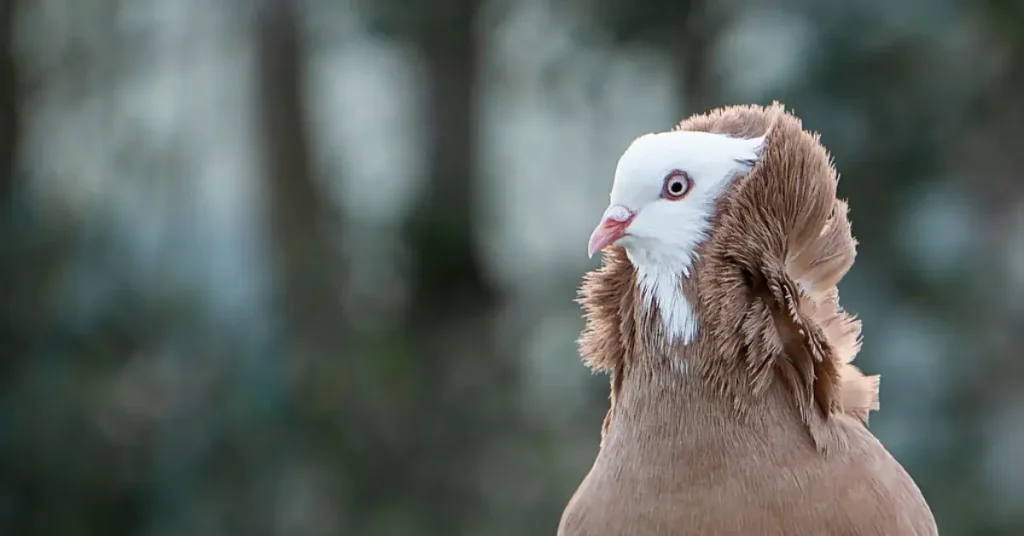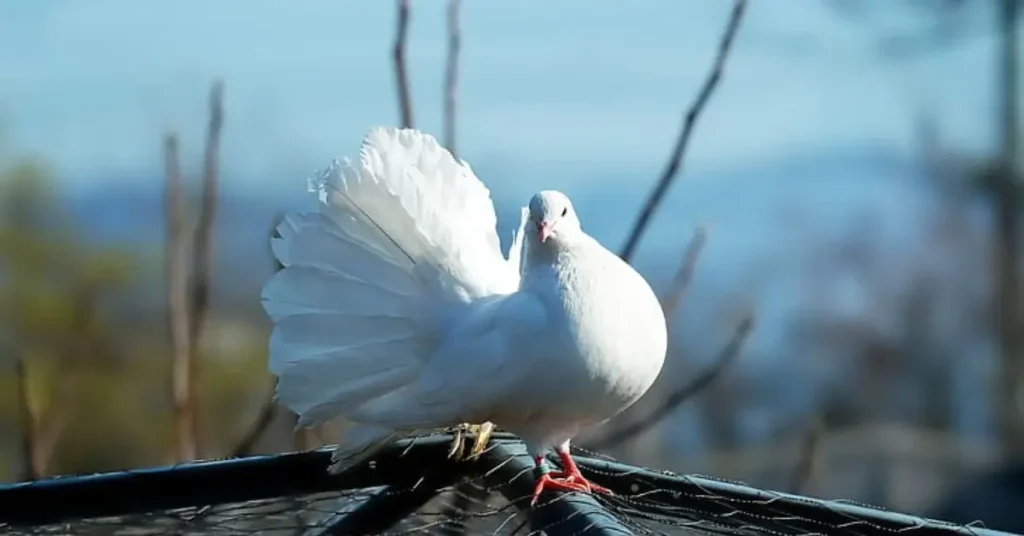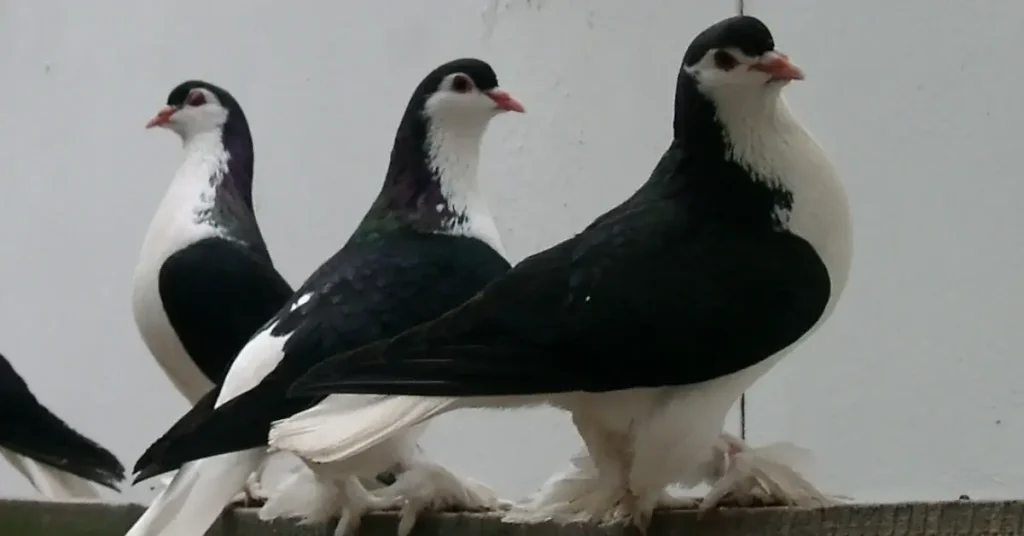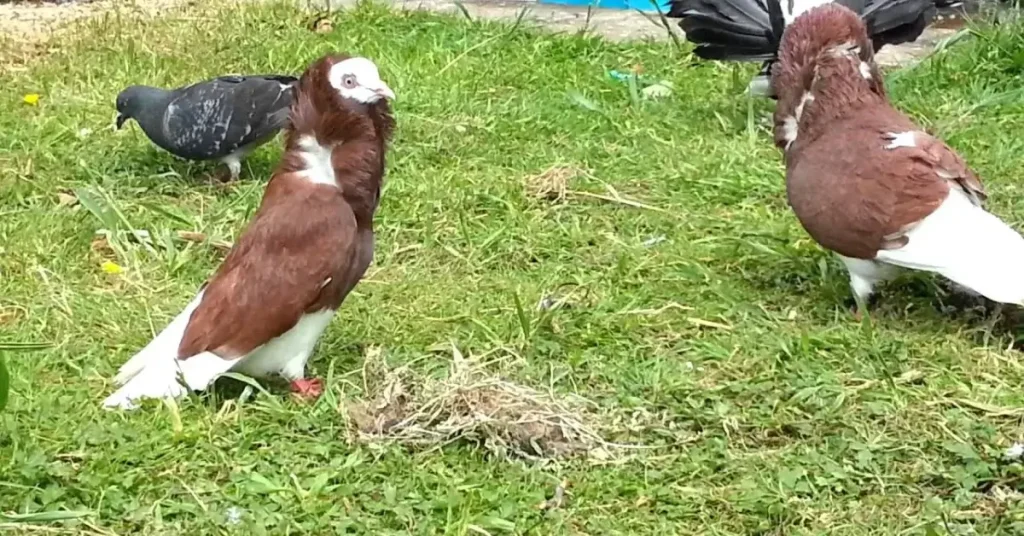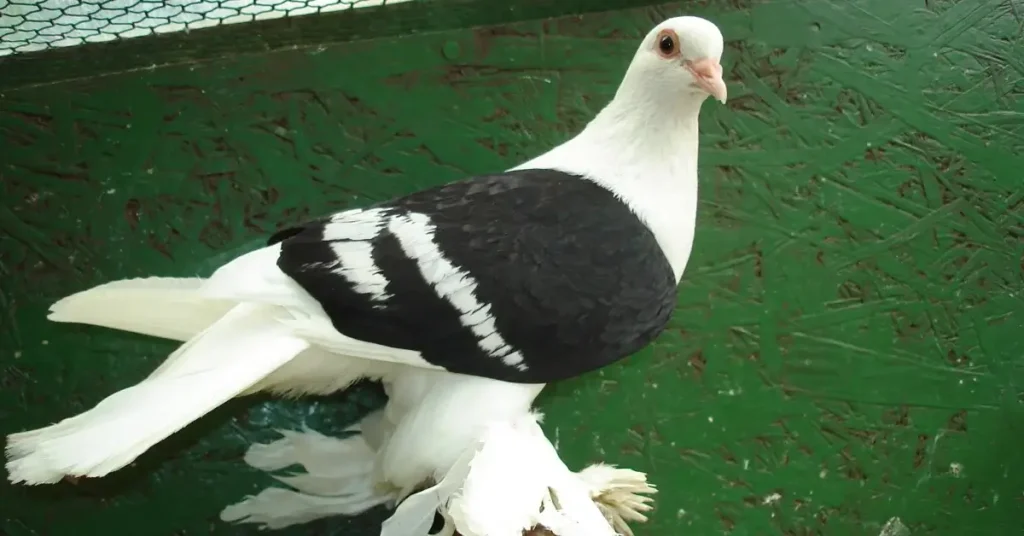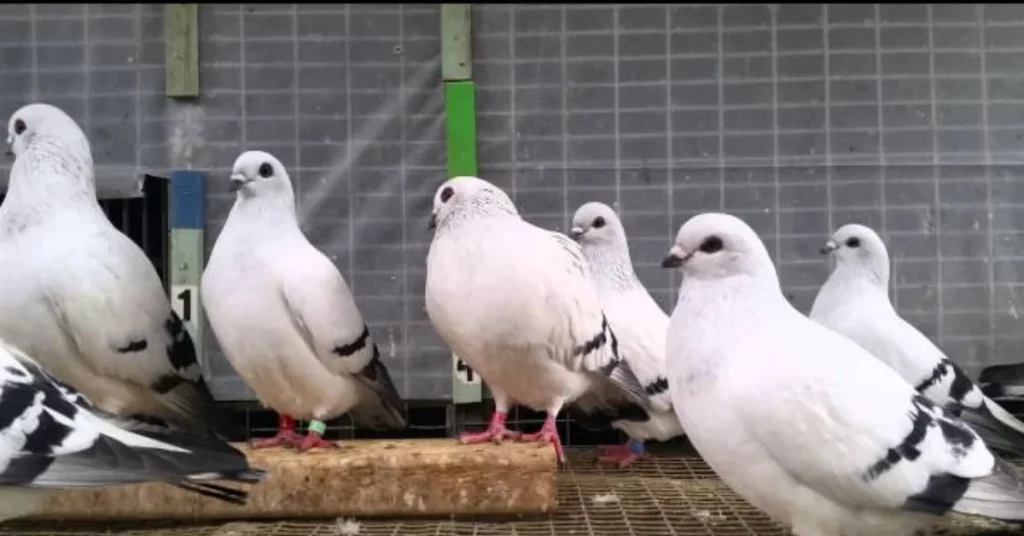🕊️ Jacobin Pigeon – The Feather-Crowned Aristocrat of the Fancy Pigeon World
🌟 Introduction
The Jacobin Pigeon is a captivating breed best known for its elegant feathered hood that frames its head like a regal crown. This breed is cherished by pigeon fanciers and bird enthusiasts around the globe for its unique appearance and graceful demeanor. With a history stretching back centuries, the Jacobin continues to charm with its stylish plumage and calm temperament.
📜 Origin and History
The Jacobin Pigeon traces its roots back to Asia, with historical ties to India and Persia. It gained popularity in Europe during the 16th and 17th centuries, where it was selectively bred for its ornamental qualities. Its name is thought to be inspired by the Jacobin monks of France, whose hoods resembled the pigeon’s feather collar.
Today, the Jacobin is a staple in pigeon exhibitions and a favorite among breeders who value beauty, heritage, and grace in avian species.
🧬 Physical Characteristics
What truly sets the Jacobin apart is its spectacular feathered hood, which completely encircles the head and extends over the neck. This feature gives the bird an aristocratic and elegant silhouette. The breed has a medium-sized body, upright posture, and long, slender legs.
Jacobin Pigeons come in a wide range of colors, including white, black, blue, silver, yellow, and red. Their plumage is soft and smooth, with the hood feathers requiring regular grooming to maintain their impressive form.
🧠 Temperament and Behavior
Despite their extravagant appearance, Jacobins are gentle and calm by nature. They are typically less active than other pigeons, often preferring to perch and observe. Their quiet temperament makes them a wonderful choice for exhibition and ornamental breeding.
However, their vision is partially restricted due to their feather hood, so they may be slightly timid or cautious in unfamiliar environments. With regular interaction and care, Jacobins can become accustomed to their handlers and may even show signs of affection.
🏠 Ideal Housing and Care
Jacobin Pigeons thrive in clean, well-ventilated lofts where they can avoid extreme temperatures and humidity. Their hooded feathers require extra maintenance, so their living space should be kept free of dust and dirt. It’s also essential to provide ample perch space and separate nesting areas.
Regular feather care is crucial. Breeders often trim the hood slightly to help the birds see and feed more easily, especially during the breeding season.
🥗 Nutrition and Feeding
Like other pigeon breeds, Jacobins do best on a balanced diet consisting of quality grains such as wheat, millet, maize, and peas. Supplementing their diet with grit, minerals, and clean water ensures they maintain healthy plumage and strong bones.
During molting or breeding seasons, added protein and vitamins may support feather regrowth and reproductive health.
🐣 Breeding Considerations
Breeding Jacobin Pigeons can be a rewarding experience, though it may require some special attention. Due to their hooded feathers, adult Jacobins might face difficulty feeding their young. For this reason, many breeders use foster parents—typically a more active breed like Homers or Rollers—to help raise the chicks.
Eggs typically hatch after 17–18 days of incubation, and chicks grow quickly with proper care and feeding.
📈 Popularity and Show Standards
The Jacobin is a popular show bird and is featured in exhibitions worldwide. Judges typically evaluate the hood’s fullness, symmetry, and overall structure, as well as the bird’s posture and condition. Enthusiasts prize Jacobins with dense, symmetrical feathering and a clear stance that enhances their royal look.
This breed continues to enjoy global admiration for its sheer elegance and historical significance.
🌟 Fun Facts About Jacobin Pigeons
- Named after monks due to their similar hooded appearance.
- Featured in exhibitions across Europe, North America, and Asia.
- require extra grooming due to their feathered hoods.
- Often used in fancy pigeon breeding to improve aesthetic features.
- One of the oldest recognized fancy pigeon breeds in the world.
❓ Frequently Asked Questions
Q1: Are Jacobin Pigeons good pets?
A: They can be excellent pets for experienced pigeon keepers who are ready to provide special grooming and care.
Q2: Can Jacobins fly well?
A: Their feathered hood affects their visibility, so they are not strong fliers. They are best kept in enclosed lofts.
Q3: How do I maintain their feathers?
A: Regular cleaning, trimming around the eyes, and a dust-free environment help maintain their unique appearance.
Q4: Do Jacobins get along with other pigeon breeds?
A: Yes, but it’s best to house them with birds of similar temperament to avoid stress or injury.
Q5: Are Jacobins rare?
A: They are relatively common in the exhibition community but are less frequent in casual backyard setups.
✅ Conclusion
The Jacobin Pigeon stands out as a true work of avian artistry. Its elegant hood, calm demeanor, and rich history make it an extraordinary breed for anyone who appreciates beauty and tradition in birds. Whether you’re a seasoned breeder or a curious bird lover, the Jacobin offers a rewarding and visually stunning experience.
